For nearly six weeks I’ve been in the ideal situation and setting, with the kind of support one dreams of, for restructuring and editing my novel in progress. The building has been here since the 15th century and has been modernized for comfort and aesthetic pleasure.
It bursts with art in all possible mediums—ceramic and paper sculpture, watercolour, acrylic, & oil paintings, etchings, jewellry, and textiles. Artists come here to dance, to write, and to make new things with their hands. The environment is steeped in creativity and inspiration – and that’s just on the inside. Outside, there is the river walk, the stone towers, the medieval wood-strapped buildings, flowers, and flowering trees… in short, everything here is stimulating and lovely.
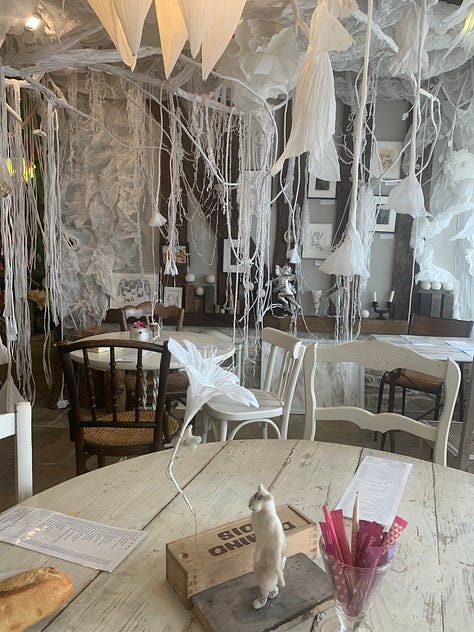
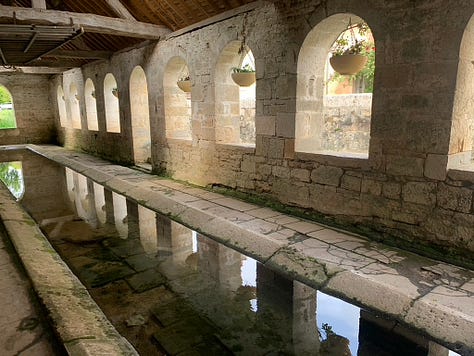
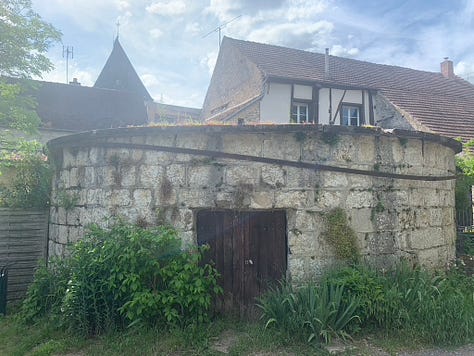

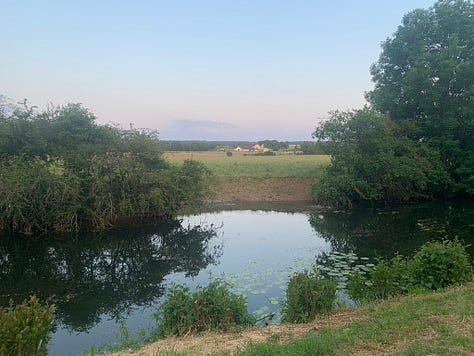
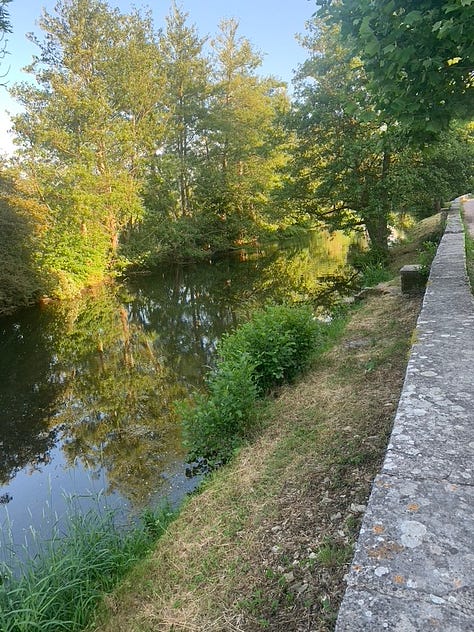



Why then, did I struggle for so long trying to fit my story together? One reason, I thought, was because over the years of writing the damn thing, it wandered off in so many directions that I had to go on a mission to pull out one direction and follow it. I had 120,000 words written for a story I envisioned at about 80,000. I believed it would only be a matter of erasure and deletion.
Wrong.
I worked on transitions. Since most of the scenes were written in generative writing workshops, most of the connective tissue between them was missing. For a few weeks, I stitched scenes together.
That didn’t satisfy me. The novel felt wooden and forced. I started to detest my own writing. (You’ve perhaps heard me whining.)
For over a year, a voice somewhere in the back of my head suggested I change the POV. I shoved that notion aside. It felt like too much work to shift the whole damn thing from third to first person. (kind of ironic in retrospect)
Finally, sometime last week, I acquiesced and rewrote a couple of scenes in first person. Wow, what a game-changer. For the most part since then, I’ve stopped struggling and the rewrite has been like proverbial butter.
So, I’ve learned a valuable lesson (an expensive one in terms of time, but I’m not complaining!) and that is to play with voice before landing on a fixed approach. This particular story had its beginnings around 2008 with a male narrator in the first person, with the current protagonist as a secondary character. Then I tried to write the story as a memoir. Nope. Then I pulled out an aspect of the story and tried to make it a complete novel. Nope. Then third person. And now it’s actually working.
I think about Alice Sebold who wrote the novel, The Lovely Bones. Three years before, she published, Lucky, a memoir whose events inspired the novel. Sort of the same story written in two different genres.
I’ve learned a valuable lesson, albeit a rather expensive one in terms of time. In the future, I’ll play around with voice and points of view before laying down an entire novel the way I first imagine it.
So my question to you, is: Who wants to tell the story you’re writing? Is it a memoir? You might want to get some distance from a traumatic event by writing in the third person. Or maybe you need to get in very close and behind your character’s eyes. Play around with the same scene using different viewpoints. It could save you years of struggle.
You’re welcome.
Reading and AWA workshop for my residency presentation
Regal House Publishing has just received the advanced reading copies for What the Living Do and they’ll be sent out shortly. So when I return to Canada in a couple of weeks, the big work begins of looking for reviewers and generally getting the word out.






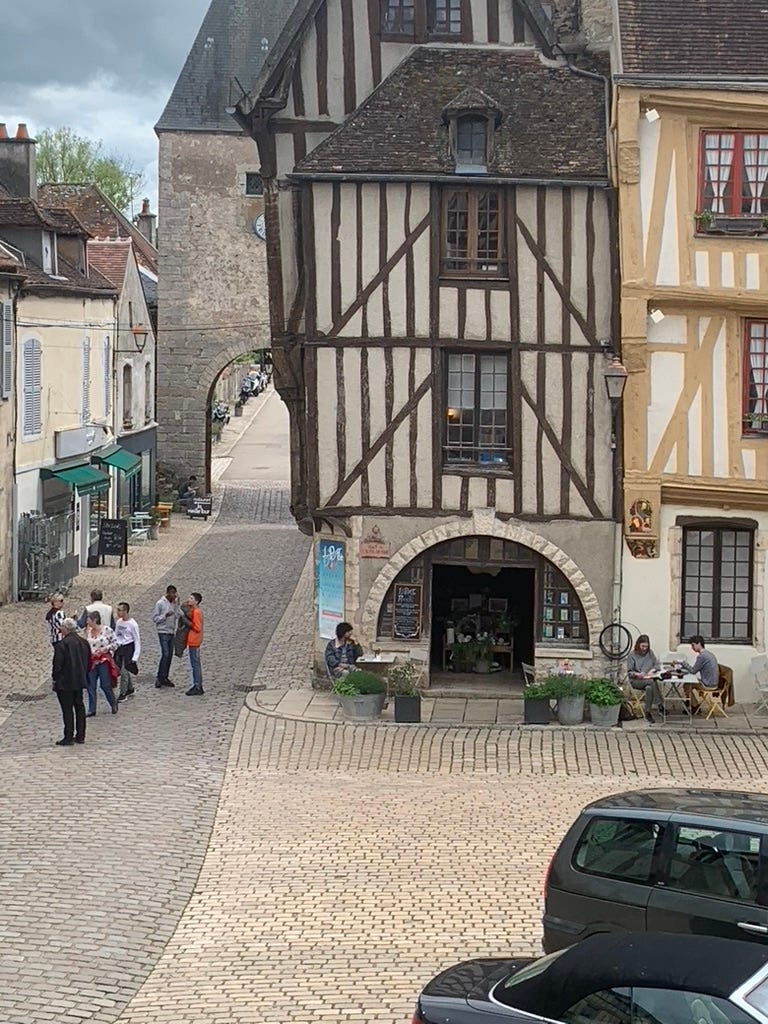

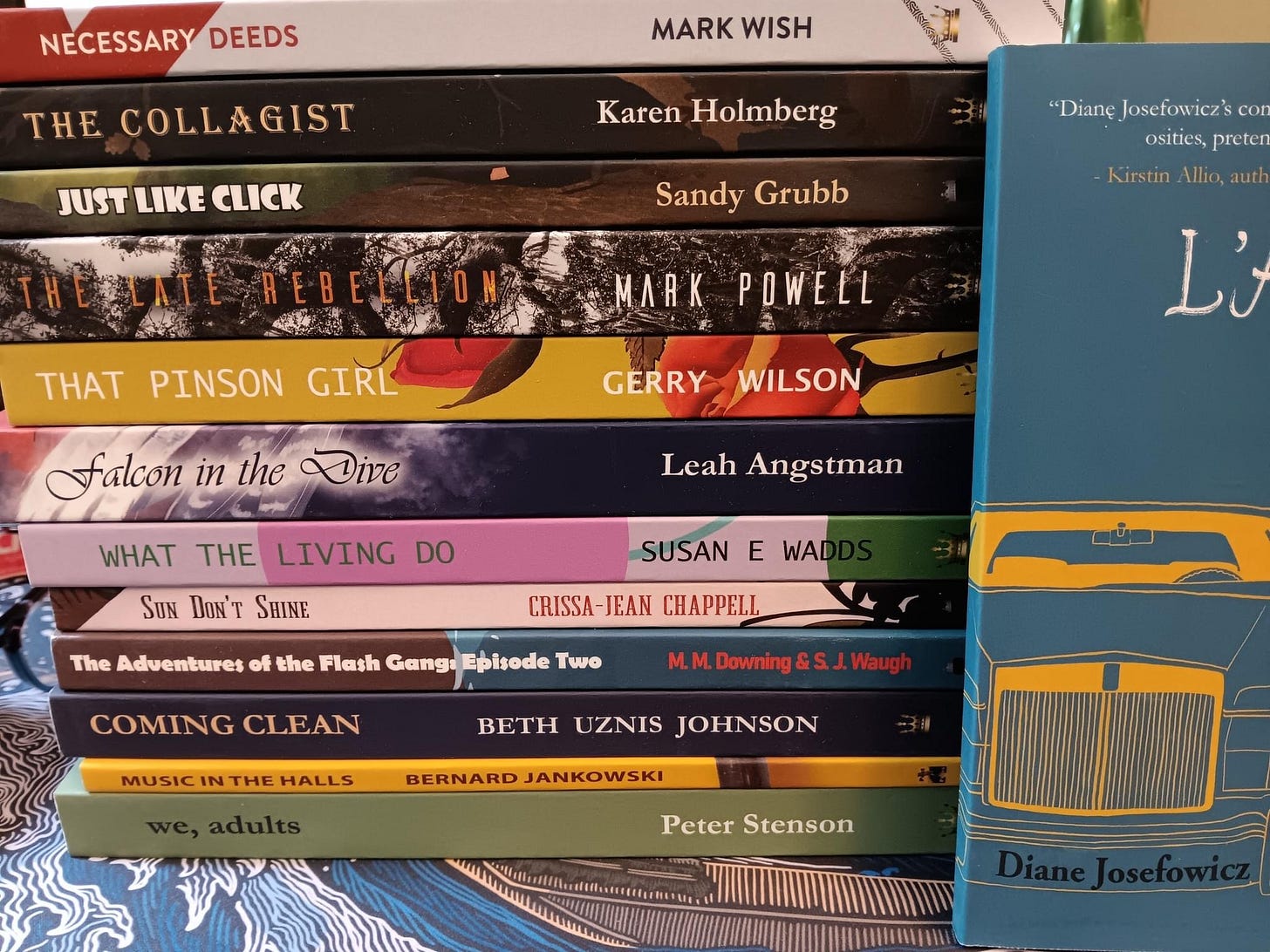
What a gorgeous place to write! I'm glad you found a path forward. Onward!
Happy to hear you've made it to a safe landing with POV. It's a tough one.